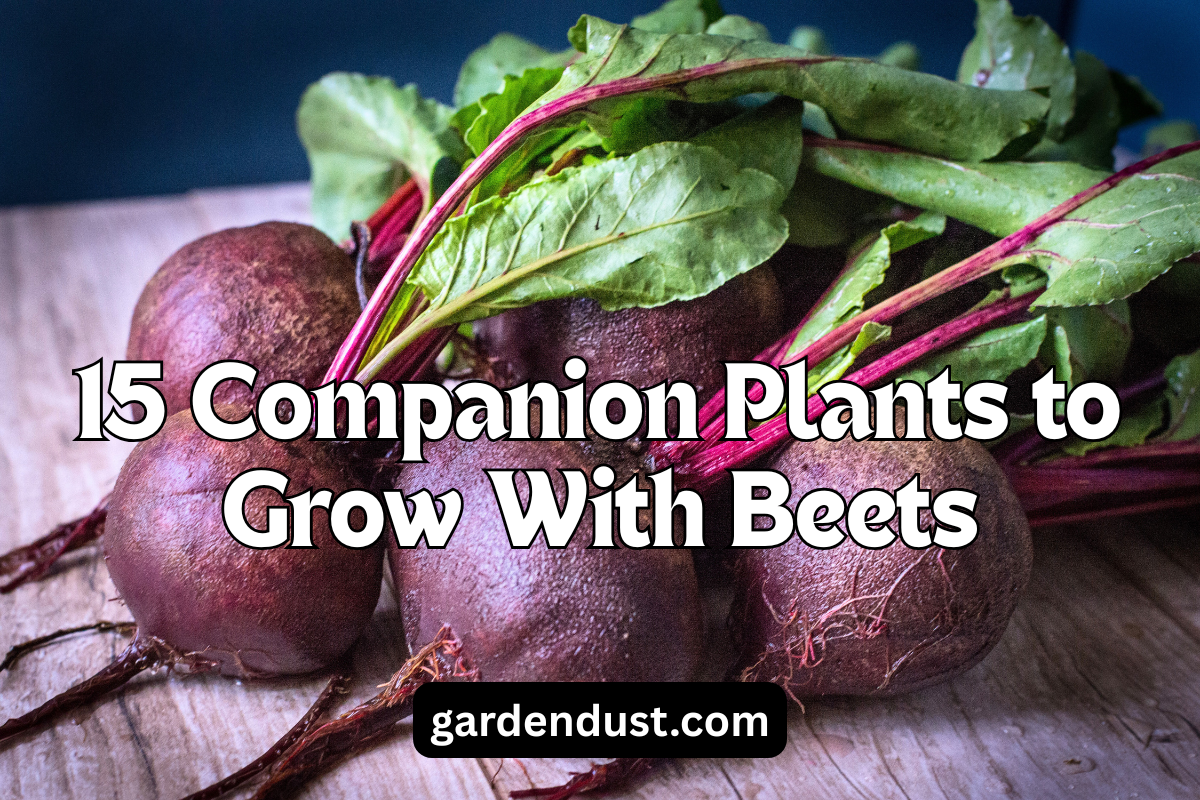Radishes are quick-growing, easy-to-care-for vegetables that can add a delightful crunch and peppery flavor to your salads, sandwiches, and even stir-fries. These versatile root vegetables are perfect for beginners and experienced gardeners alike. With their fast growth and minimal space requirements, radishes are an excellent choice for anyone looking to enjoy the rewards of homegrown produce. In this article, we will provide a detailed guide on how to grow and care for radishes, ensuring a successful and satisfying harvest. Let’s start….
Selecting the Right Variety:
Radishes come in various shapes, colors, and sizes, catering to different preferences and growing conditions. Common varieties include Cherry Belle (round and red), French Breakfast (elongated and red with white tips), and Watermelon (round and green with pink flesh). Choose a variety that suits your taste and matches your growing season.
Timing and Location:
Radishes are cool-season crops, thriving in moderate temperatures. In temperate regions, plant radishes in the early spring or fall when the weather is mild. In warmer climates, focus on planting them during the cooler months to prevent bolting (premature flowering). Ensure the chosen location receives at least 6-8 hours of sunlight daily.
Soil Preparation:
Radishes prefer well-draining, loose soil with good fertility. Start by clearing the area of weeds and debris. Loosen the soil to a depth of 8-10 inches using a garden fork or tiller. Mix in some organic compost or well-rotted manure to enhance soil structure and provide essential nutrients for healthy root development.
Sowing Radish Seeds:
Radish seeds are relatively large, making them easy to handle. Sow the seeds directly into the prepared soil, aiming for a spacing of about 1 inch (2.5 cm) apart in rows. If you prefer, you can also broadcast the seeds and later thin out the seedlings to the recommended spacing.
Proper Watering:
Radishes require consistent moisture to grow successfully, but avoid overwatering, as it may cause the roots to become pithy and less flavorful. Keep the soil evenly moist during the germination period and throughout the growth phase. Using a soaker hose or drip irrigation system can help maintain consistent moisture levels.
Thinning the Seedlings:
Once the radish seedlings emerge and reach a height of about 2 inches (5 cm), it’s time to thin them out. Overcrowding can result in smaller roots, so leave a space of at least 2-3 inches (5-7.5 cm) between each seedling. Thinning also allows the remaining radishes to access more nutrients and grow to their full potential.
Mulching:
Applying a layer of organic mulch around the radish plants can help conserve moisture, suppress weed growth, and maintain a more stable soil temperature. Make sure not to cover the seedlings completely with mulch, as they still need access to sunlight.
Fertilization:
Radishes are relatively light feeders, and in most cases, the soil enriched with organic compost should provide sufficient nutrients. However, if your soil is deficient in nutrients, you can supplement with a balanced fertilizer. Avoid using fertilizers high in nitrogen, as it may lead to excessive foliage growth and smaller root development.
Pests and Disease Management:
Fortunately, radishes are not highly susceptible to pests and diseases. However, keep an eye out for common garden pests like aphids, flea beetles, and cabbage maggots. Using row covers can protect young plants from pests, and regular inspections will help you catch any issues early on.
Harvesting Radishes:
The speedy growth of radishes means they can be ready for harvest as soon as 20-30 days after sowing, depending on the variety. The ideal size for harvesting varies with each type, but as a general rule, radishes are at their best when they are firm, crisp, and about 1 to 1.5 inches (2.5 to 4 cm) in diameter.
To harvest, gently pull the radishes out of the soil, taking care not to damage neighboring plants. If you encounter resistance when pulling, use a garden fork to lift the roots gently.
Succession Planting:
To enjoy a continuous supply of radishes throughout the growing season, consider practicing succession planting. Plant new batches of seeds every 10-14 days, ensuring a steady harvest over several weeks.
Growing and caring for radishes is a rewarding experience that offers delicious rewards in a short amount of time. With proper timing, soil preparation, and attentive care, you can enjoy a bountiful harvest of these crisp, peppery root vegetables. Remember to choose the right variety, provide adequate moisture and sunlight, and protect your radishes from pests and diseases. By following these guidelines, you’ll have a thriving radish patch and plenty of opportunities to savor the fresh, homegrown goodness in your culinary creations. Happy gardening….







